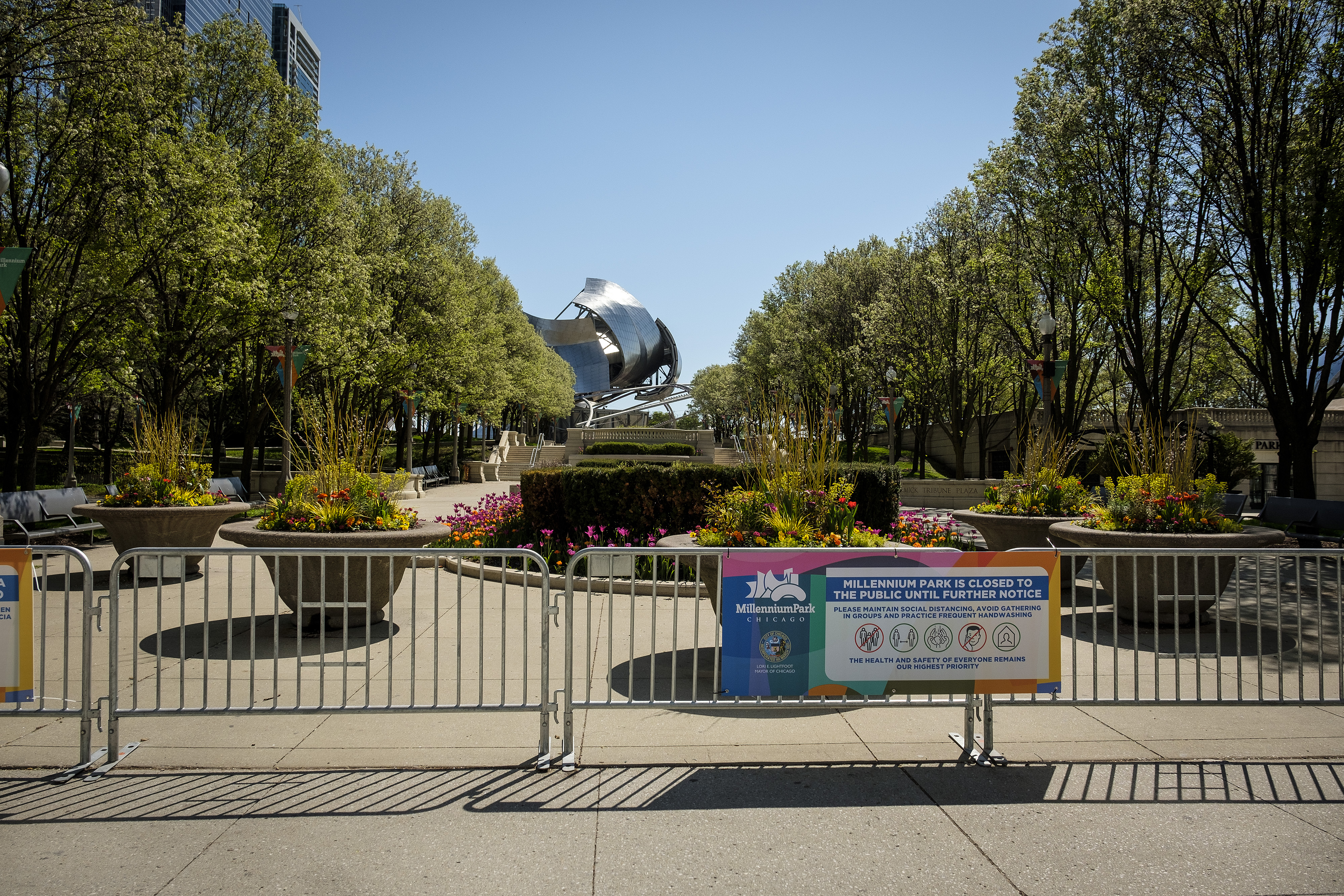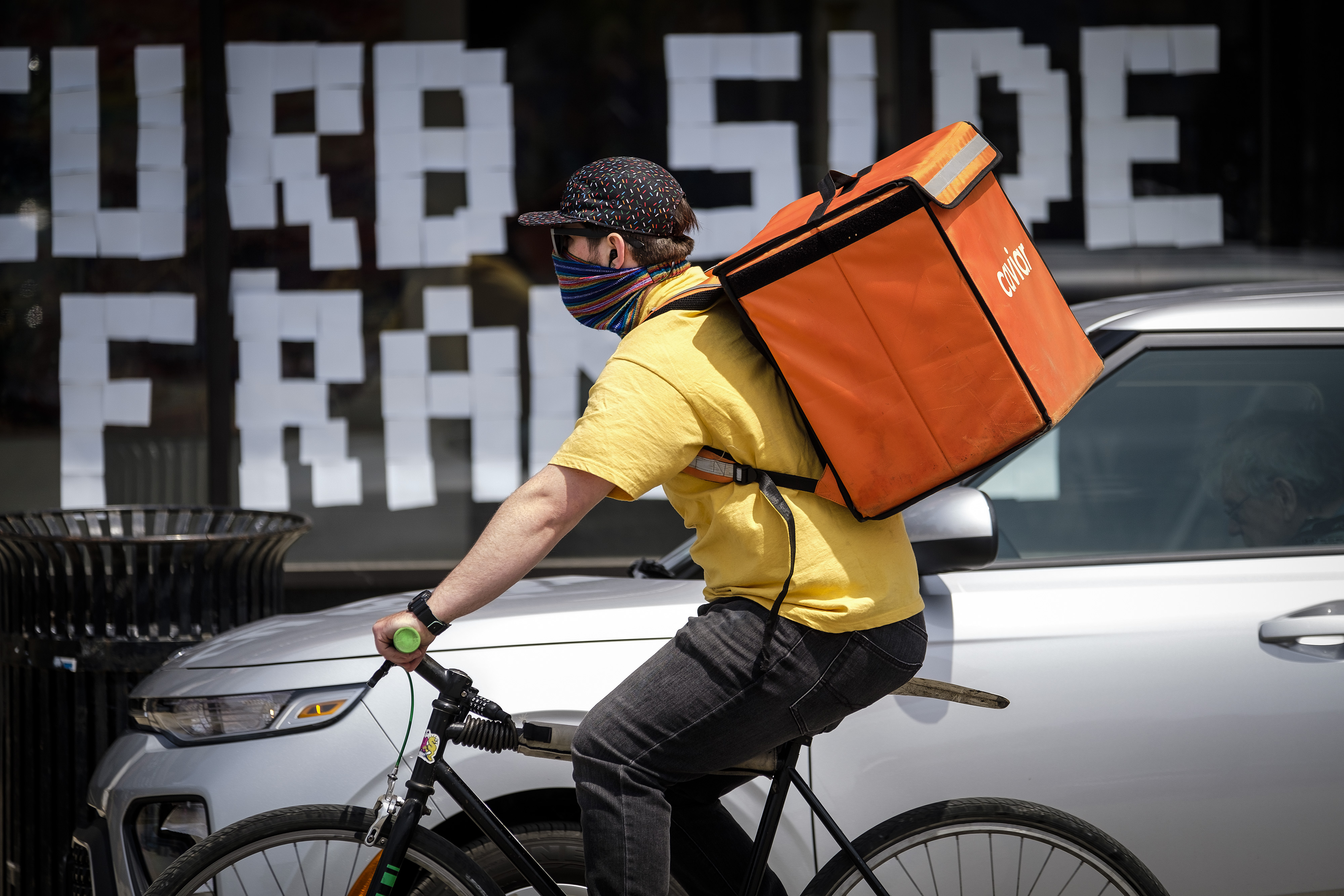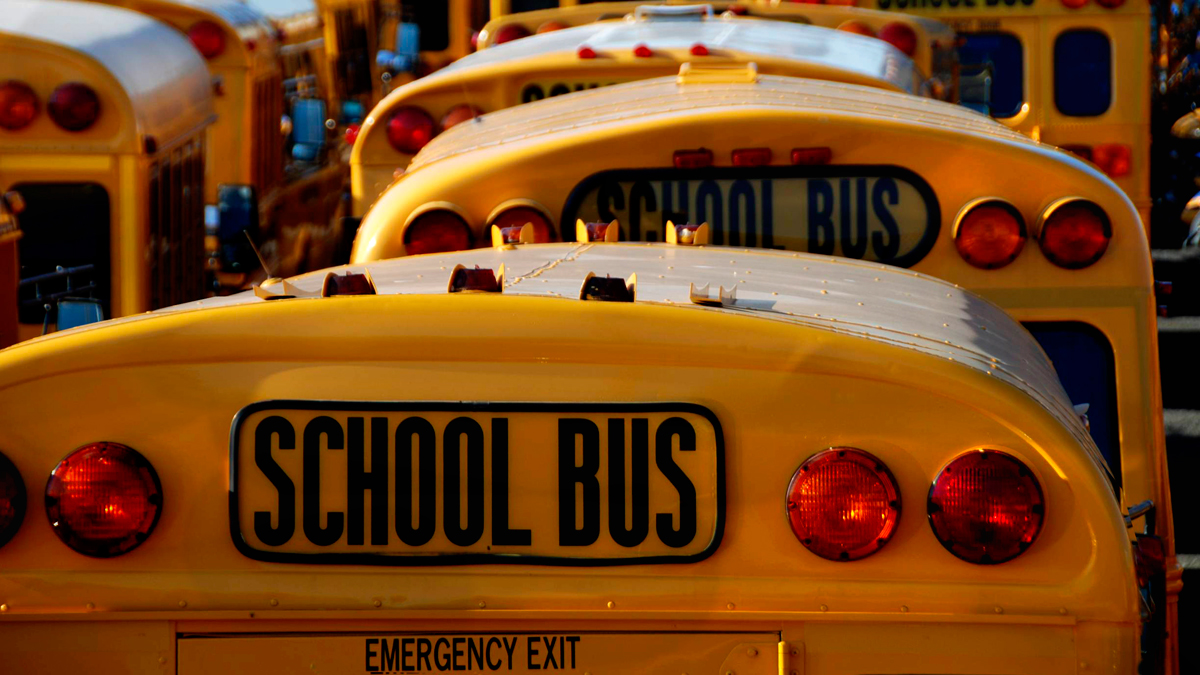Chicago Mayor Lori Lightfoot said she hopes city schools will be back in session in the fall - even if things may look a little different than the school students once knew.
Lightfoot said her goal is "to get our kids physically back in school," that the decision will be "guided by the science."
"In Chicago schools are more than just a place of learning," Lightfoot said during a press briefing Friday, where she outlined her plans for reopening the city.
"We need that school structure. It is important to the health and wellbeing of our children," she added. "And yes, we have been doing e-learning but better yet to be close in proximity to your teachers."
Lightfoot's plan, which features five phases, did not specify when schools may reopen, but when asked about alternative options like staggered schedules for students, the mayor said discussions are underway.
"If the public health data tells us we can come together in some altered fashion to be in schools, that is something we should aspire to do," she said.
Chicago is currently in the second phase of reopening. (For a full breakdown, click here.)
Entering a third phase would mean non-essential workers begin to return to work in a phased way; select businesses, non-profits, city entities open with demonstrated, appropriate protections for workers and customers; non-business, social gatherings with 10 people or less are allowed; and phased, limited public amenities begin to open.
In order to move to this phase the city would need:
• COVID-19 Case Rate (over 14 days, as a rolling average):
o Declining rate of new cases, based on incidence and/or percent positivity
• Severe Outcome Rate (over 14 days, as a rolling average):
o Stable or declining rates of cases resulting in hospitalization, ICU admission, and/or death
• Hospital Capacity Citywide (over 14 days, as a rolling average):
o Hospital beds: <1800 COVID patients
o ICU beds: <600 COVID patients
o Ventilators: <450 COVID patients
• Testing Capacity:
o Test at least 5% of Chicago residents per month
• Testing Percent Positivity Rates (over 14 days, as a rolling average):
o Congregate: <30% positive tests
o Community: <15% positive tests
• Syndromic Surveillance (over 14 days, as a rolling average):
o Declining emergency department visits for influenza-like illness and/or COVID-like illness
• Case Investigation & Contact Tracing:
o Expanded system in place for congregate and community investigations and
contact tracing
Lightfoot did not specify what it will take for the city to move on to the fourth and final reopening phases.
"The specific health criteria for transition between the latter phases will be established and released over the coming weeks to ensure the city is open and responsive to new data and information as it arises," the mayor's office stated. "In addition to determining the health-based metrics to move from one phase to the next, the city is actively determining the appropriate sequencing of reopening businesses and public services – taking into consideration both economic enablers such as transportation and childcare concerns, as well as keeping an eye towards economically disadvantaged populations."
Phase four would mean additional business and capacity restrictions are lifted with appropriate safeguards and additional public amenities open. By phase five, all businesses open, non-vulnerable individuals can resume working, most activities resume and some events can resume.
Chicago health officials say the city still has not reached a peak and cases will likely continue to rise in the coming days.
"We're still at the stage where we're flattening the curve. We're not yet coming down," Chicago Department of Public Health Commissioner Dr. Allison Arwady said Wednesday.
Arwady said the city is still expected to peak in May, however.
"We are making progress, but we're far from out of the woods," Arwady said.
Chicago crossed a grim milestone earlier this week as deaths due to the coronavirus topped 1,000 citywide. So far, the city has reported more than 26,000 confirmed cases since the pandemic began.
Across the state, Illinois health officials reported another 2,641 new cases and 138 deaths on Thursday.
That lifts the state's death toll from the virus to 3,111 fatalities with 70,873 confirmed cases.
The Latinx community in Illinois is testing positive for coronavirus at a higher rate than any other demographic group in Illinois, Gov. J.B. Pritzker said Wednesday. The numbers are similar in Chicago, where officials reported a sharp rise in cases among the Latinx community.
State and Chicago health officials said that numbers in the Latinx community are expected to rise and additional deaths are likely.





